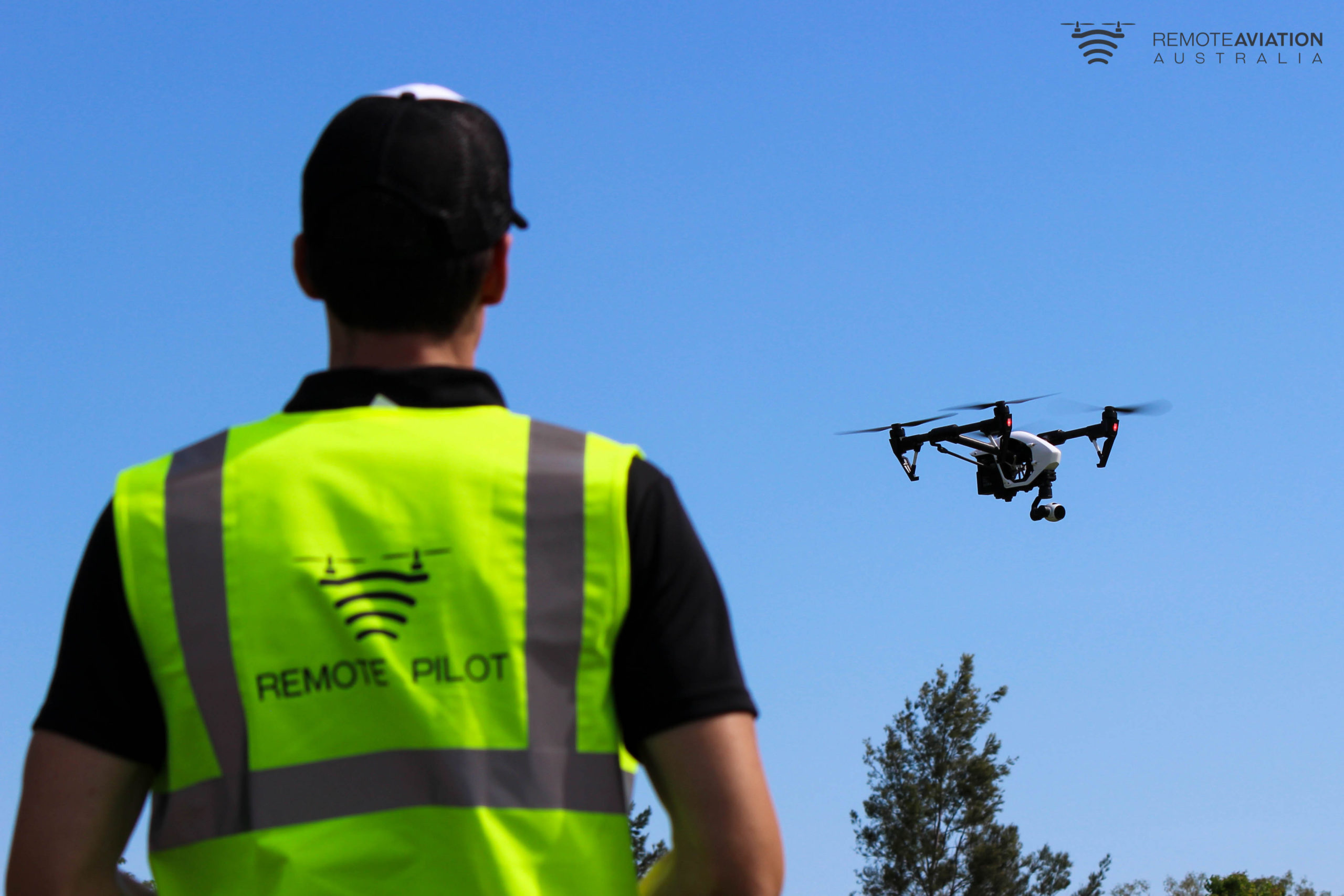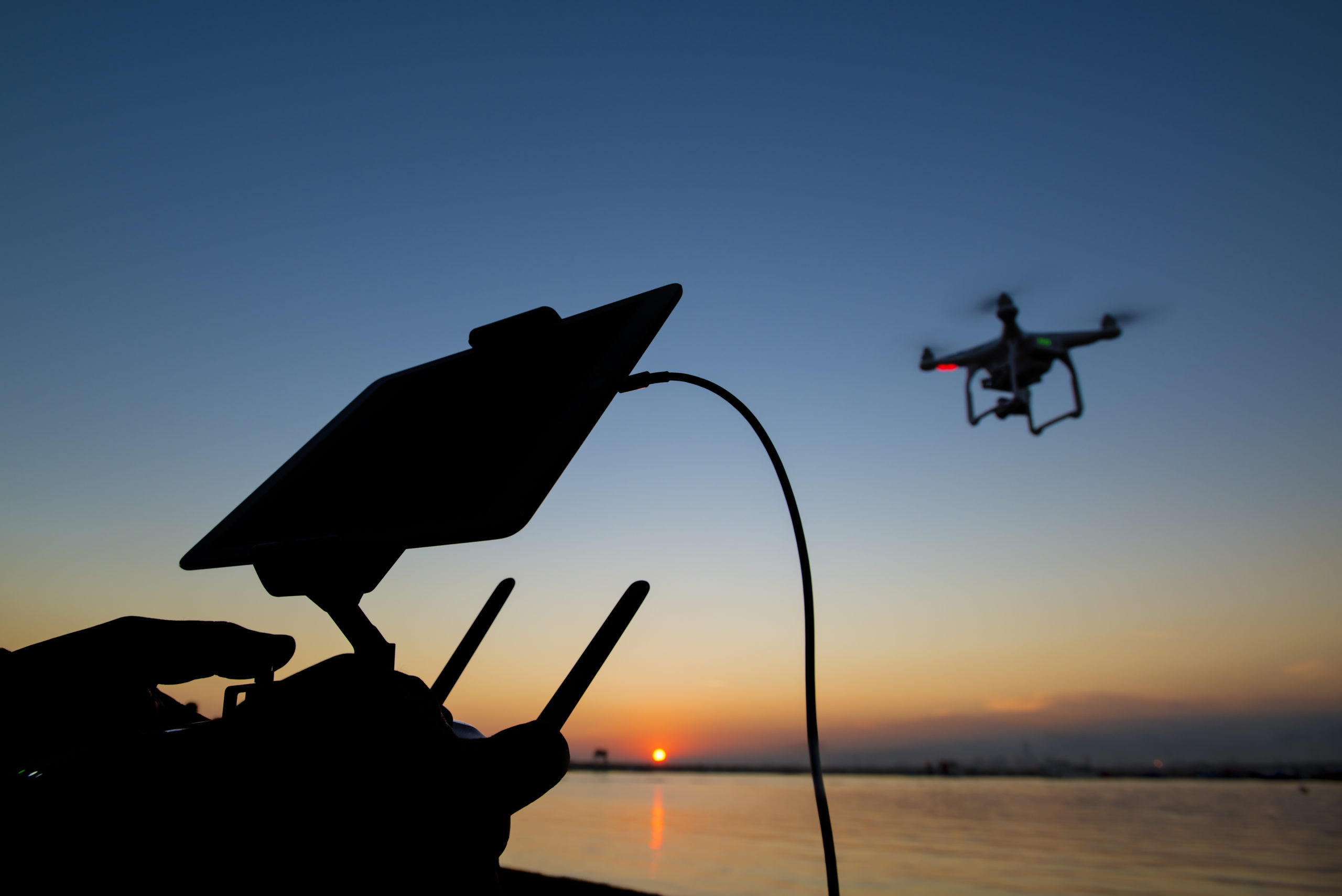What is a Remote Pilot Licence?
The Remote Pilot Licence (RePL) is a licence issued by the Civil Aviation Safety Authority (CASA) that allows Remote Pilots to work under an RPA Operator’s Certificate (or ReOC, usually held by an approved business) and to operate medium-sized Excluded RPA (25kg up to 150kg) for agricultural purposes. The acronym ‘RePL’ is used by CASA to distinguish it from the manned aviation Recreational Pilot Licence (RPL). The RePL was previously known as a UAV Controller’s Certificate (UCC).

What does the Remote Pilot Licence allow?
Once issued by CASA, the RePL will list any conditions or restrictions that apply to the holder. Examples include the category of RPA you are permitted to fly (for other than recreational purposes), such as multirotor, helicopter or aeroplane (fixed-wing) and any weight limitations. For RPA weighing less than 25 kg, a generic grouping is endorsed on the RePL, such as “multirotor <7kg” or “aeroplane <25kg”. Completing your remote pilot licence training will also enable you to fly at night in accordance with your ReOC approvals and procedures. After obtaining your initial RePL qualification, additional privileges can be obtained by conducting ‘operational’ training by an approved training provider, such as Remote Aviation Australia.
For example, if you initially completed your RPAS training using multirotor RPA, “multirotor <7kg” will be listed on your RePL. However, if you wish to fly a heavier multirotor or a different type of drone, such as an aeroplane (fixed-wing) RPA, for hire or reward you need to complete practical (operational) training to have this category of RPA added to your licence.
Remote Aviation Australia offers options to complete your initial RPAS training (theoretical and operational), flying either multirotor or aeroplane (fixed-wing) RPA. In addition to having the ability to work commercially under or apply for a ReOC, Remote Pilot Licence holders are also eligible for third party liability insurance when operating <2Kg Excluded RPA which is very important when operating out in the community.
How do you obtain an RePL?
Complete an RPAS theoretical and practical training course with a CASA approved training organisation such as Remote Aviation Australia.
These courses run between 1.5 to 5 days depending on prior experience and online learning options. The RePL course provides training in RPA air law, RPA systems and operational training with risk assessments amongst other key subjects. It is a great way to not only learn about how your RPA system flies and how to operate it effectively but also the key legislation to prevent the wrong decision being made operationally. The course also contains 5 hours of flying from initial setup and practice manoeuvers to more advanced workings of the RPA system and aerial photography work.
More information on our RePL course can be found here: RePL Course Information
If you hold previous aviation qualifications/experience, you do not have to complete the full, five-day RPAS training course to obtain your remote pilot licence. An alternative RePL training path is available and comprises of three steps.
The first step is to obtain a pass in an aeronautical knowledge examination from a manned aviation training school or CASA. If you hold, or have held any of the following then it is taken that you satisfy this requirement:
- A flight crew licence (Recreational Pilot Licence upwards); or
- A military qualification equivalent to a flight crew licence; or
- An air traffic control licence, or a military qualification equivalent to an air traffic control licence
Under the current CASR Part 101 and Part 61 regulations, the minimum exam that satisfies the requirement for a pass in “an aeronautical knowledge examination” is a Recreational Pilot Licence (RPL) exam. This differs from a previous requirement that applicants needed a pass in a Private Pilot Licence (PPL) exam. A PPL exam pass is no longer required – the bare minimum is an RPL exam pass (and not to be confused with an RePL!).
The second step is to complete one of the following:
- Operational training course (previously called Type training) with a CASA approved training organisation, such as Remote Aviation Australia*; or
- A CASA flight test (this is conducted as part of the assessment of an ReOC application); or
- A training course conducted by the RPA’s manufacturer or an agent of the manufacturer (known as manufacturer training). However, this option is only available until 1 June 2017; or
- Internal training with a CASA approved ReOC operator. An organisation that holds an ReOC can provide training to direct employees only on the RPA type that they are certified to operate.
By far, the best and easiest training option is to complete an operational training course with a CASA approved training organisation.
The third step is to complete 5 hours of flight time in operating an RPA under standard operating conditions. You will be required to submit your flight log with your application. When you are ready to submit your RePL application you need to complete CASA Form 101-01 and submit it to the CASA Licensing and Registration division (clarc@casa.gov.au) together with all supporting documentation.
More information on this course can be found here: ATC/Pilot Conversion Course Information
Note: We also offer group discounts if there are four or more participants. Contact us for a negotiated rate.

